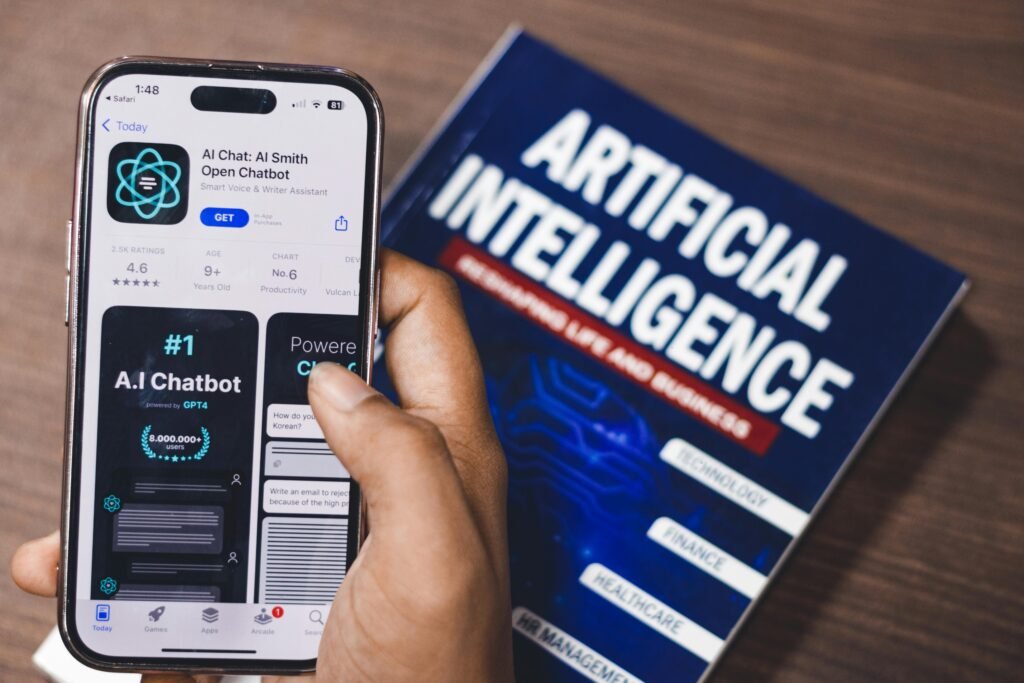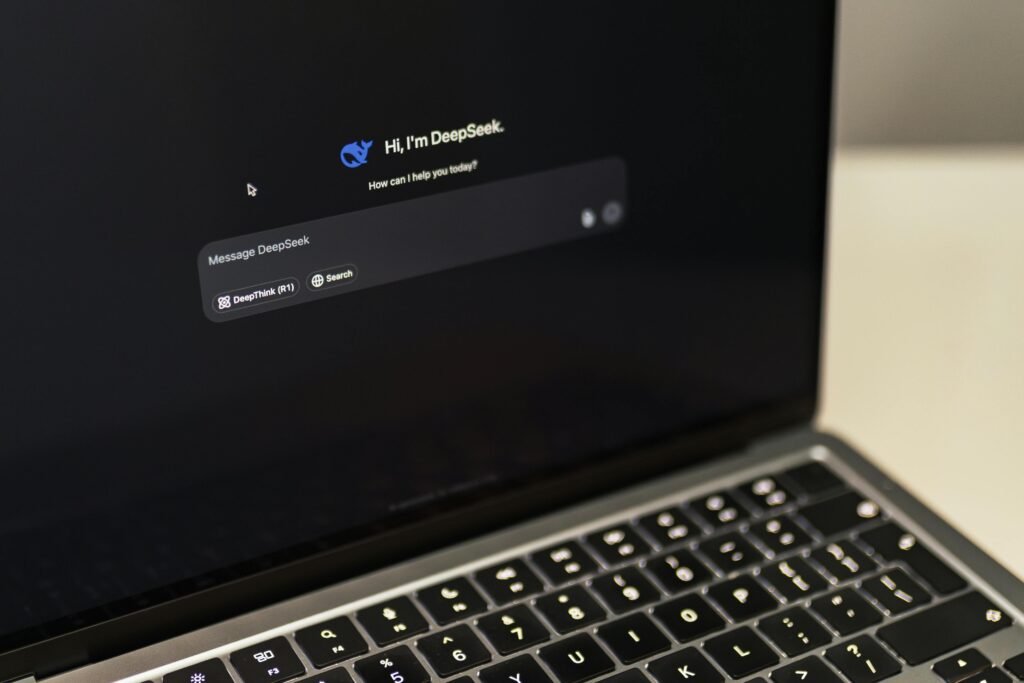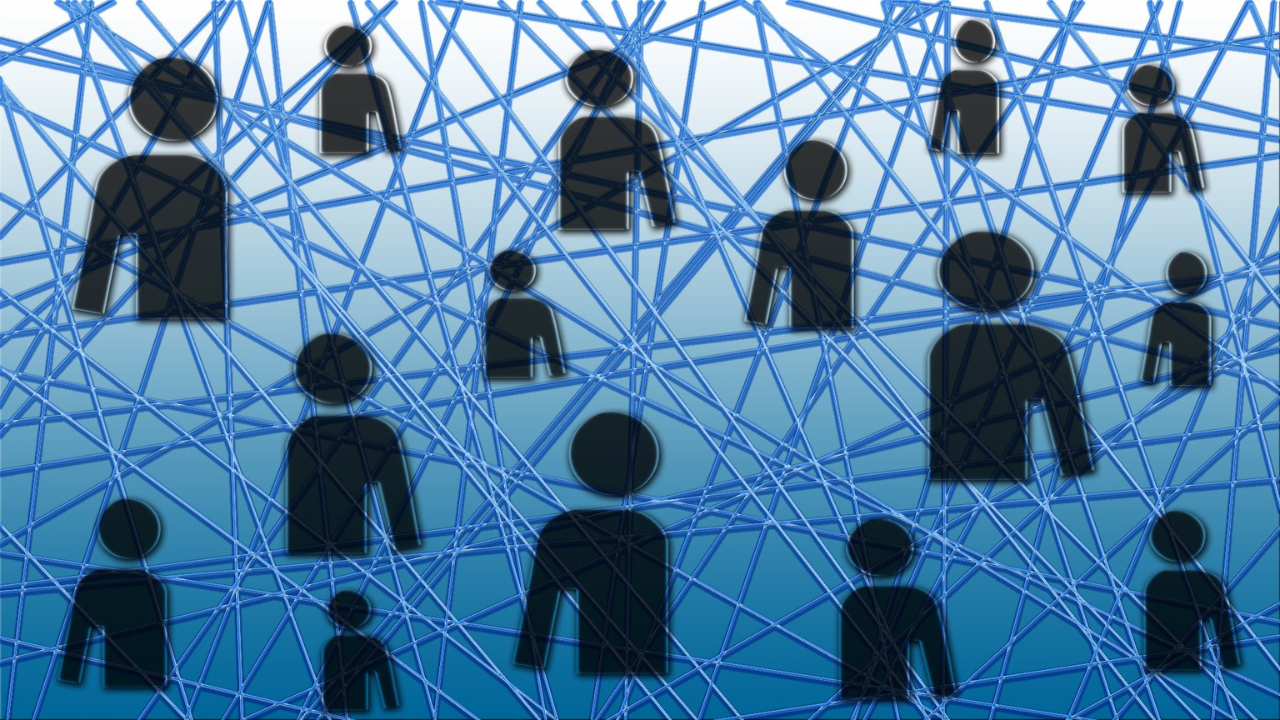Once a novelty, AI chatbots have now become powerful digital assistants that do far more than answer simple FAQs. In 2025, they are helping businesses run smoothly, supporting mental health services, assisting in disaster recovery, and revolutionizing how we communicate around the world.
Whether you’ve chatted with an online store, gotten instant help from your bank, or even used a chatbot for mental wellness, chances are you’ve seen just how far this technology has come. Let’s explore the growing role of AI chatbots in today’s rapidly changing world.
What are AI Chatbots?
At their core, AI chatbots are software applications that simulate human conversation using natural language processing (NLP) and machine learning. They can communicate via text or voice, answer questions, guide users, solve problems, and even learn from interactions.

Modern AI chatbot applications go beyond simple rule-based scripts. Thanks to advancements in conversational AI, today's chatbots can:
- Understand context and intent
- Process emotions and tone
- Personalize responses
- Handle multiple languages
AI Chatbots in Customer Support
One of the most common and effective uses of AI chatbots is in customer service. In 2025, companies rely heavily on AI-powered assistants to handle a wide range of customer interactions:
Key Benefits:
- 24/7 availability across time zones
- Instant response to queries
- Scalability for handling thousands of users
- Cost-effective support teams
Examples:
- E-commerce brands use chatbots to assist with order tracking, returns, and recommendations
- Banks use them to answer account-related questions securely
- Telecom companies use bots to troubleshoot connectivity issues
These smart tools have become a standard part of AI-powered customer service strategies.
AI Chatbots in Crisis Response and Emergency Management
One of the most exciting developments in recent years is the use of AI chatbots in crisis response. In 2025, government bodies, NGOs, and global health organizations use chatbots to:

- Provide accurate information during disasters
- Distribute health guidelines during pandemics
- Offer mental health support during crises
- Guide users to emergency services
Real-world Impact:
During natural disasters, AI chatbots can:
- Alert residents with evacuation instructions
- Share weather and safety updates in real-time
- Connect users to local shelters or emergency contacts
In health emergencies, chatbots:
- Provide symptom checkers
- Schedule testing or vaccination appointments
- Dispel misinformation by sharing verified sources
These functions make chatbots essential tools in global crisis communication strategies.
AI Chatbots in Business Operations
Beyond customer service and emergencies, AI chatbots are now deeply integrated into business workflows:
Popular Business Use Cases:
- HR chatbots that assist employees with leave policies, payroll, or benefits
- IT support bots that troubleshoot technical issues
- Sales chatbots that generate leads or recommend products
- Onboarding bots that welcome and train new hires
These uses boost efficiency, save time, and allow human staff to focus on higher-value tasks.
Why Businesses Love Chatbots:
- They reduce support load
- Improve consistency in responses
- Integrate easily with existing platforms (e.g., Slack, Microsoft Teams, CRM systems)
In short, chatbots are becoming indispensable for digital-first companies.
The Technology Behind AI Chatbots
So how do these digital assistants work so seamlessly? Modern chatbot technology is powered by:
1. Natural Language Processing (NLP):
Helps the bot understand human language, including intent, emotion, and slang.
2. Machine Learning (ML):
Allows the bot to learn from user interactions and improve over time.
3. Large Language Models (LLMs):
Advanced models like GPT, BERT, and LLaMA enable complex and natural conversations.
4. APIs and Integrations:
Let bots connect with databases, booking systems, social media platforms, and more.
With these tools, today’s bots can deliver real-time AI assistance at impressive levels of speed and accuracy.

AI Chatbot Trends in 2025
The chatbot trends of 2025 reflect an increasing demand for smarter, more human-like digital conversations. Here are some current trends:
1. Hyper-personalization:
Chatbots are now able to tailor responses based on user behavior, location, preferences, and past interactions.
2. Voice and Multimodal Interfaces:
Many chatbots now support voice, images, and video—not just text.
3. Emotional Intelligence:
Some AI chatbots can detect frustration or joy and adjust their tone accordingly.
4. Industry-Specific Bots:
Tailored bots for healthcare, education, finance, and hospitality are on the rise.
These innovations are pushing chatbot capabilities further than ever before.
Are Chatbots Replacing Humans?
A common concern is whether AI chatbots will replace human jobs. In most cases, they're enhancing human roles rather than eliminating them.
Here’s how:
- Handling repetitive queries so humans can focus on complex issues
- Acting as first-line support and passing cases to human agents if needed
- Assisting agents with response suggestions and knowledge retrieval
The future is likely to be human-AI collaboration, not competition.
Ethical Concerns and Challenges
Despite their benefits, AI chatbots come with some challenges:
Key Issues:
- Privacy: Storing and processing sensitive user data
- Bias: Chatbots can inherit biases from training data
- Misinformation: Risks of providing inaccurate or misleading answers
- Dependence: Over-reliance on automation may reduce human oversight
To build trustworthy chatbots, organizations must prioritize ethical AI development, transparency, and continuous monitoring.

The Future of AI Chatbots
Looking ahead, AI chatbots will continue to evolve in both capability and responsibility. Expect to see:
- Chatbots with stronger emotional understanding
- Integration with IoT and smart devices
- Wider use in education and healthcare
- Greater role in multilingual communication and accessibility
The line between human and machine conversation is blurring fast—and for the better.
Final Thoughts
From customer support desks to crisis response centers, AI chatbots are redefining how we communicate, solve problems, and stay connected. In 2025, their role is expanding into nearly every industry and corner of daily life.
As chatbot technology continues to grow, so does its potential to make our interactions faster, smarter, and more human.
Whether you're a business owner, a developer, or just a curious user, one thing is clear: the age of smart conversations is here to stay.








